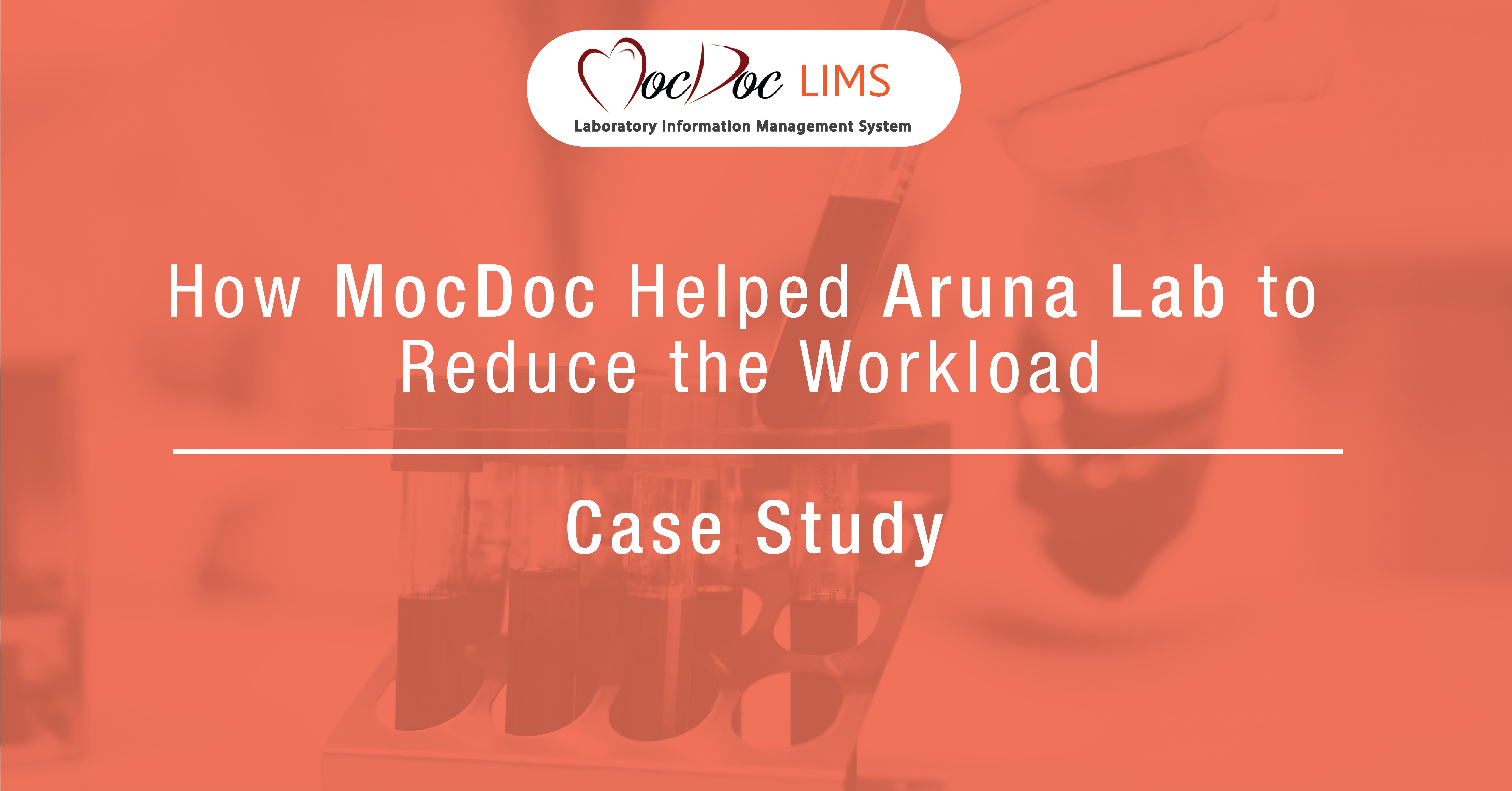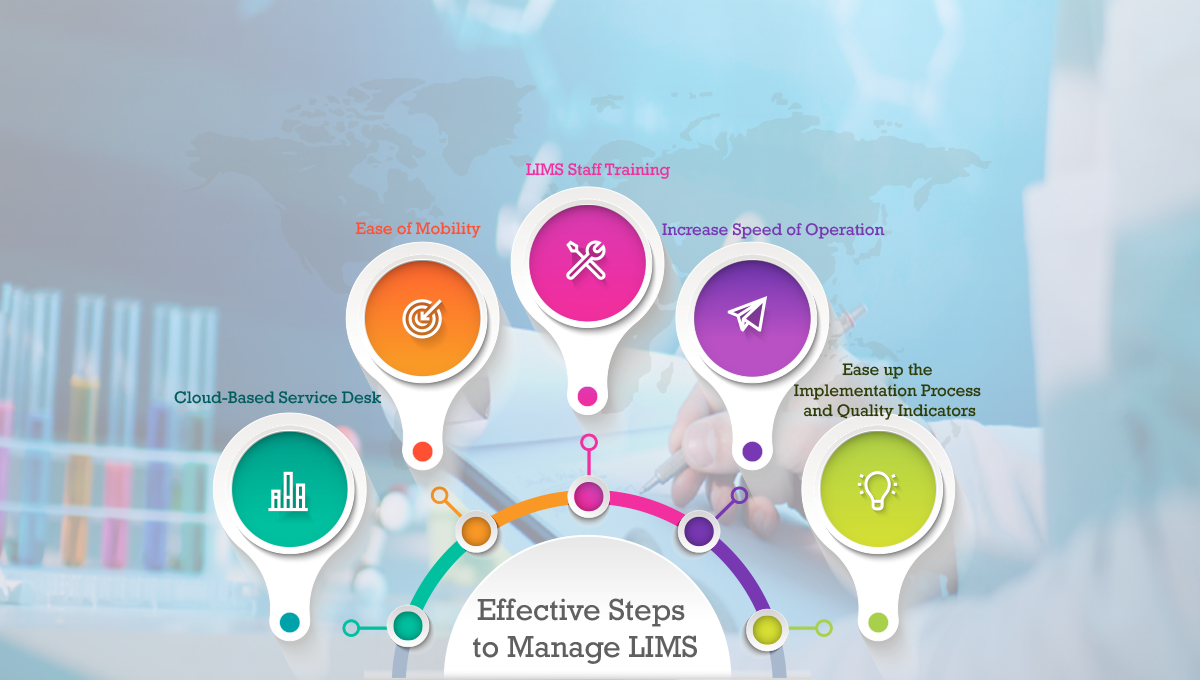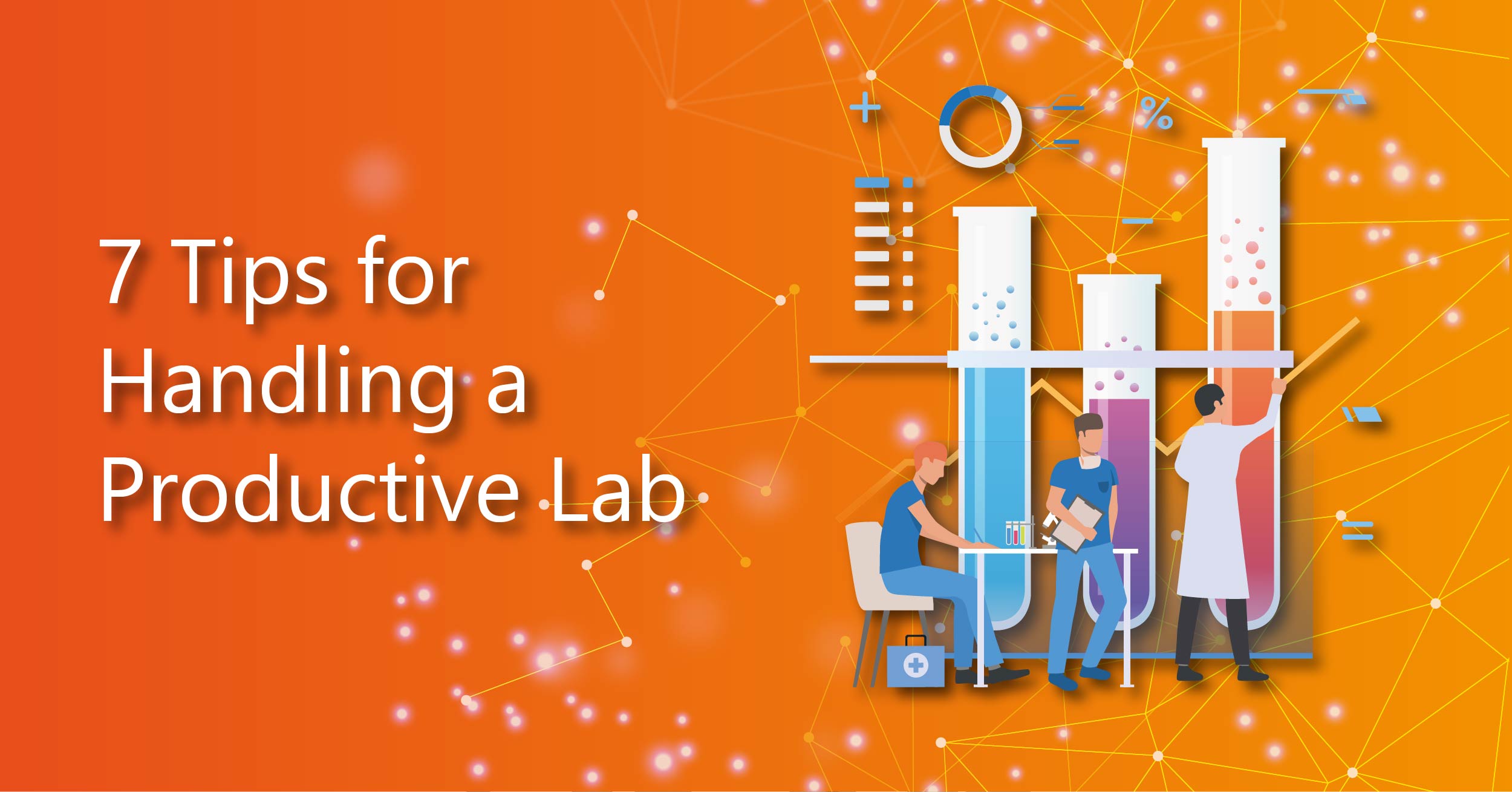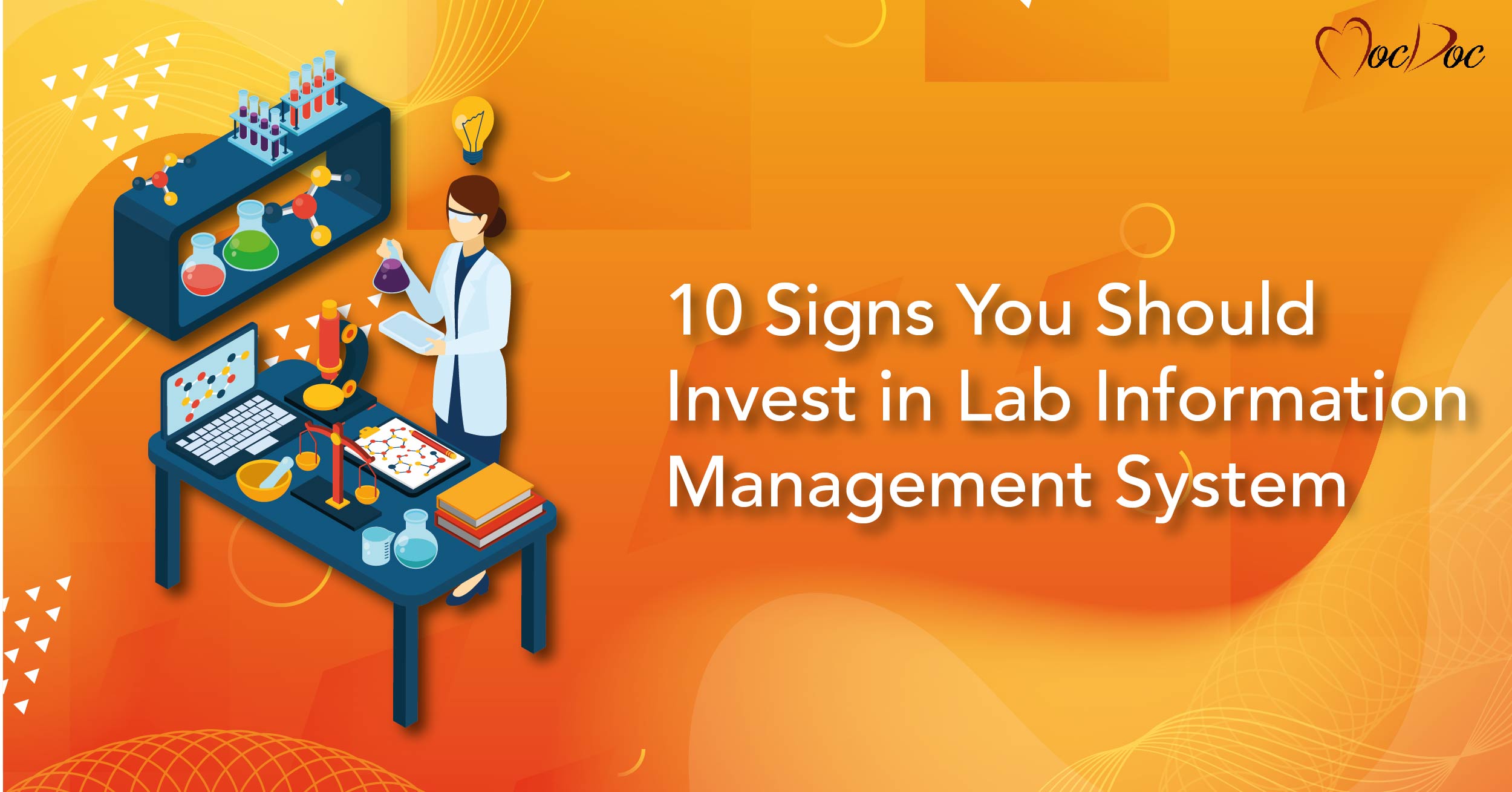MocDoc's Offerings
How MocDoc Helped Aruna Lab to Reduce the Workload
Published By
Santhosh
2019041114:21:47
Category LIMS

Aruna Clinical Laboratory:
Aruna Lab was founded in the year 1994 by Late Ms. Aruna Rani, a revered medical lab technician. The microbiological laboratory was set up in Pondicherry with the sole aim of providing high-quality, reliable lab services to patients at reasonable prices.
Discovery:
As the glitches in manual handling lead to an array of problems in their processes, Mr. Azhagu, chairman of Aruna Lab, started looking into a complete solution for their business. He was fortunate to discover MocDoc, a software that he strongly believed would precisely fit their requirements.
Business Challenges:
Aruna Lab encompasses 7 laboratories and 1 collection center. Their work process involves the collection of bills from multiple centers, manually creating batch sheets and processing them individually. The offline software used by Aruna Laboratory was not flexible and did not have the capability to handle the labs at multiple locations. Such manual handling added up to their overheads in terms of transportation costs and also increased the risk of billing errors. The manual processes led to an imperfect machine interfacing, which in turn led to delayed and erroneous results which brought down the credibility of the lab
Implementation:
Aruna Lab receives approximately 250 patients every day, and the entire process of billing is manually carried out at a remote destination. This was a challenging and time-consuming task. It was also not easy to handle multiple locations with the previous software.
As Aruna Labs started using the MocDoc laboratory information management system, handling multiple locations became a cakewalk. The billing process was made online and became fully automated.
Aruna Labs started segregating and billing their patients according to their geographic locations
With the new automated process, Aruna Labs bid goodbye to their machine interfacing issues. Aruna Lab started experiencing the real ease of MocDoc software with its automatic process taking over once the patient sample is given.
MocDoc is a user-friendly, intuitive online software for healthcare service providers such as hospitals, clinics, labs, and pharmacies. It is cross-platform compatible and is made available both for Android and iOS devices. Be it a single or multi-chain laboratory, MocDoc is a perfect fit for them in serving them with its many features. Upon implementing MocDoc software, Aruna Lab reaped a whole bunch of benefits including:
- Automated machine interfacing
- Integrated billing
- Improved rate plan
- Increase in patient count & revenue
- Reduced errors in billing
- Reduction in overall transportation cost
- High security with no 3rd party access
Results:
MocDoc helped Aruna Lab in cutting down their operation hours significantly. It has promoted better transparency of work processes by eliminating third-party access to the account unless the owner’s permission is granted. The overall productivity and rate plan saw substantial improvement, and this resulted in an increased patient footfall. The overall efficiency of the network of Aruna Lab was improved by seamlessly connecting the labs at multiple locations using the MocDoc laboratory information management system. Aruna Lab was also able to enhance its credibility and branding.
Related Articles
5 Effective Steps to Manage LI...
Effective Steps to Manage Laboratory Information M..... Read more
7 Tips for handling a Producti...
Running a productive lab smoothly is tedious. Whet..... Read more
10 Signs You Should Invest in ...
The rise of new technologies has made the volume o..... Read more



